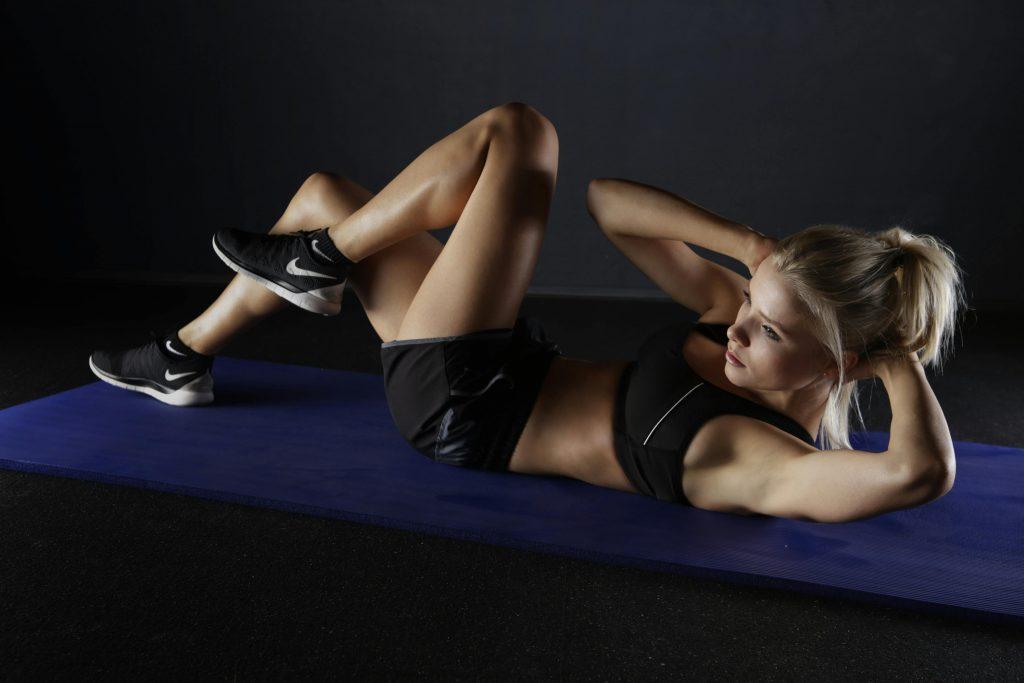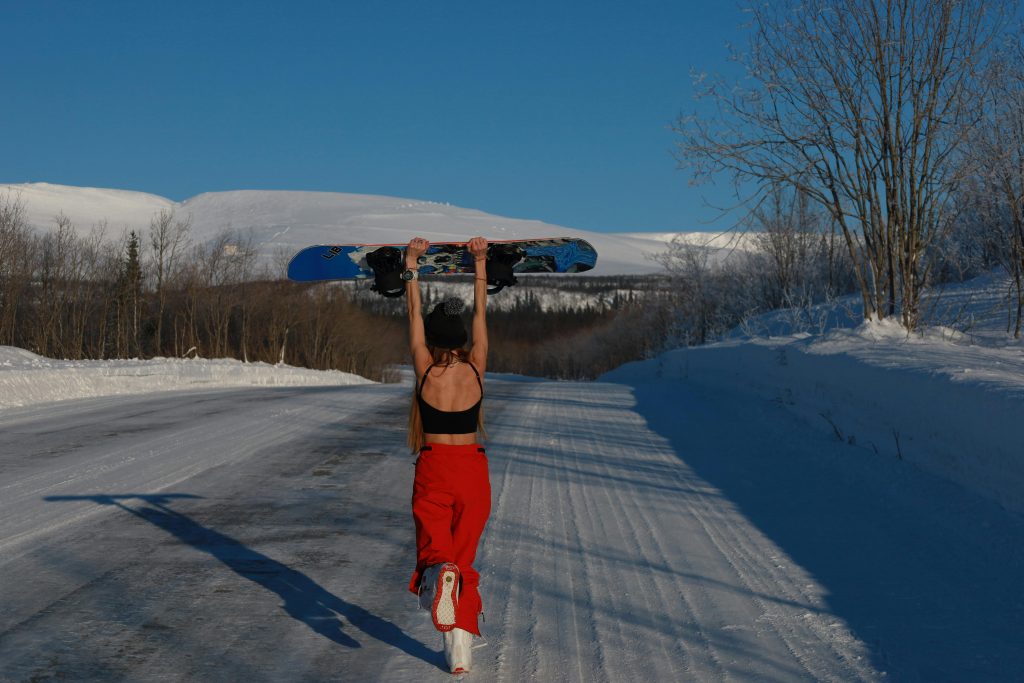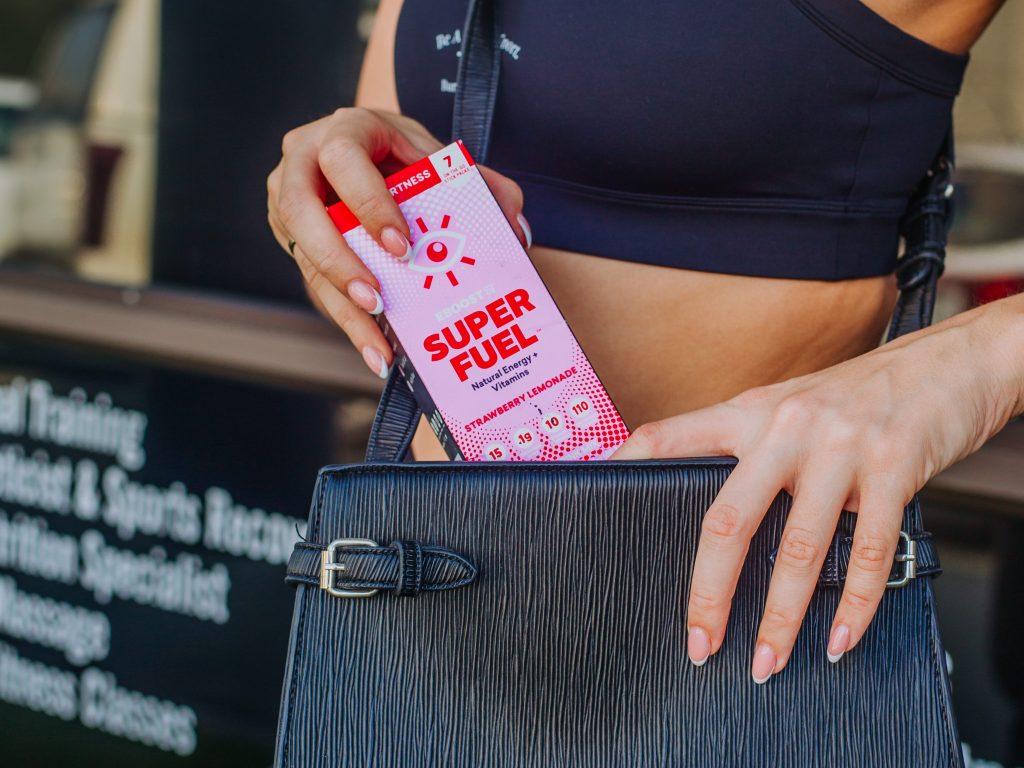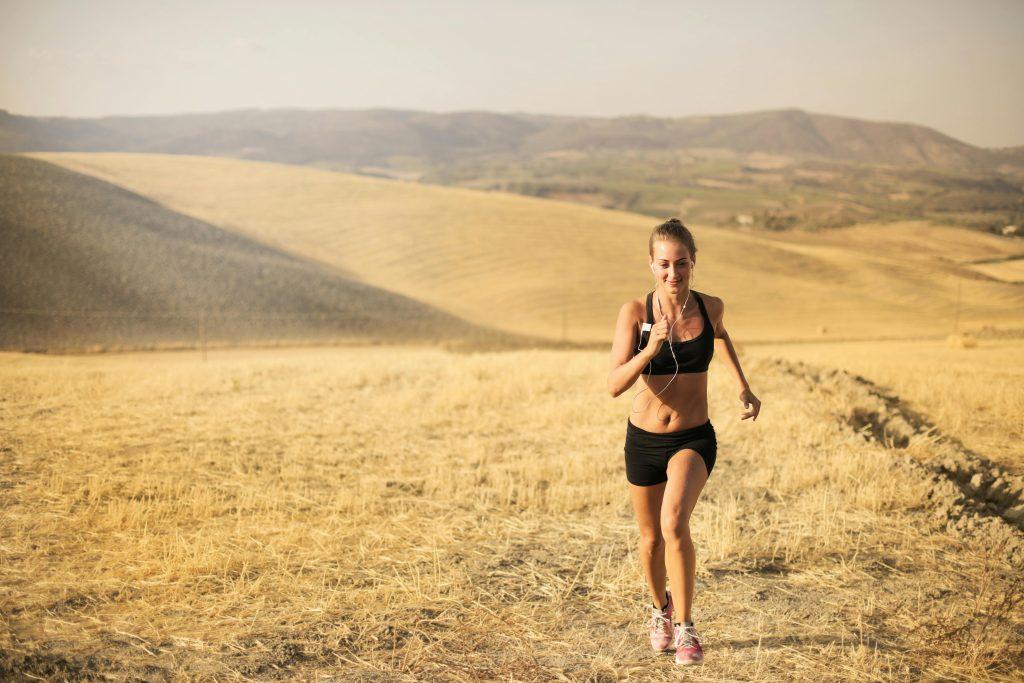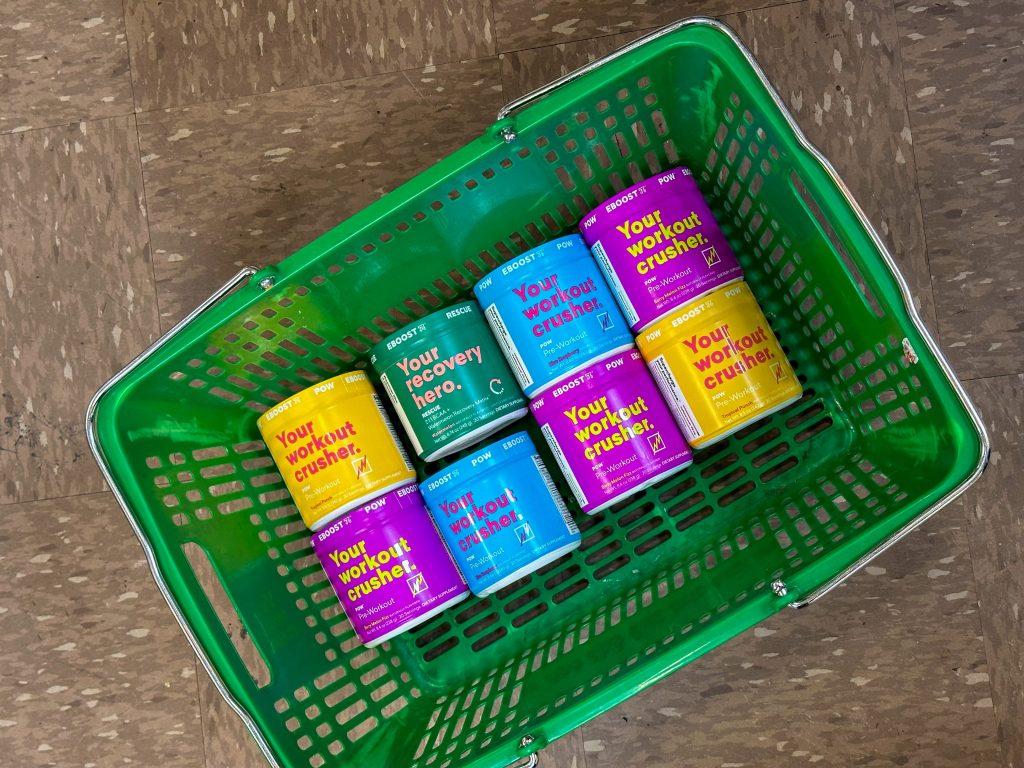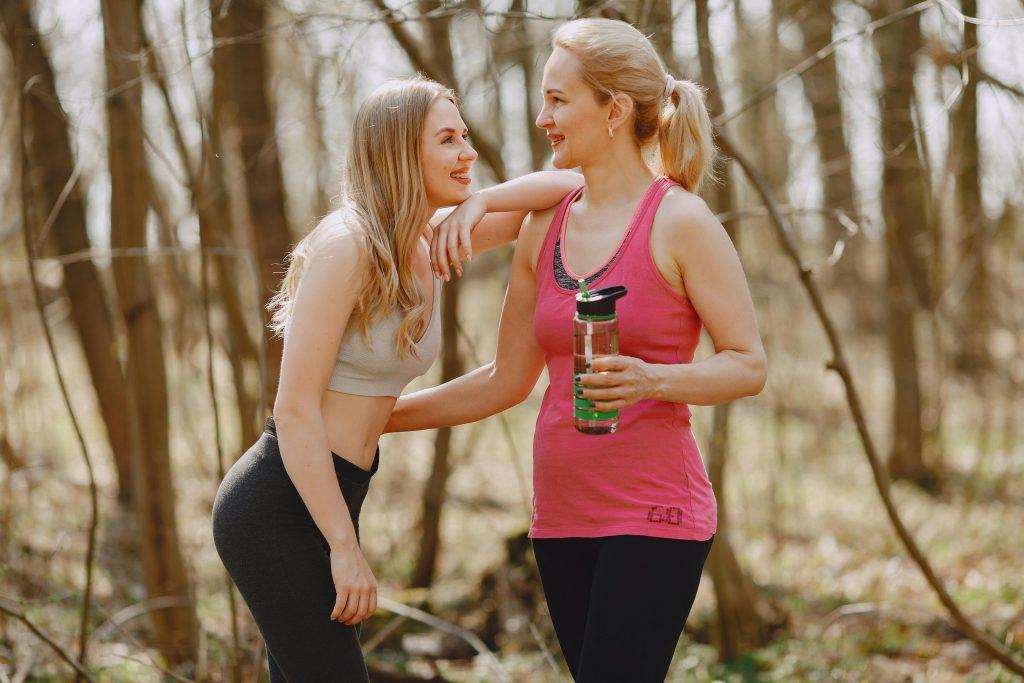There comes a point in our lives, without much warning, that certain things just don’t feel as good as they did before. One of those things is how our body feels after working out. There becomes a random morning, when you feel a bit broken. Your body feels sore and tight but not just in your muscles but in your joints. Your body takes longer time to recover and frankly, some exercises just don’t feel as great when you are performing them. Speaking to this very subject, I thought the below article from Byrdie hit a home run. Read on to find out which exercises are best for your body right now, according to your age.
“Let’s face it: As we get older, our metabolism takes a huge hit. According to Dr. Peter LePort, medical director of the MemorialCare Center for Obesity at Orange Coast Memorial Medical Center in Southern California, it generally starts to slow down after age 30. But for the especially unlucky (like myself), it hits a wall well before that, which means fewer pizza binges and mindless snacking and more mindful eating and exercise.
Which brings us to our next point: Being active at every age is important, however, as our bodies change, the types of exercises we should be doing change, too. The extent that you push yourself at age 20 shouldn’t be the same exertion level at age 40, and your changing body composition requires different shifts in exercise. That’s why we reached out to two fitness experts, Anna Baldwin, Strong by Zumba instructor, and Lacee Lazoff, trainer at the Fhitting Room, to find out the best exercises for your 20s and beyond. Want to learn more? Let’s get to it.
20S
PHOTO:Cherry Blossom Boutique
“In your 20s, you want to be lean, fit, and muscular, so the best types of workouts you can do are strength training, specifically body-weight circuits or lifting heavy weights,” says Baldwin. She explains that doing these types of exercises increases lean muscle, sheds stubborn fat, helps you sleep better, torches calories, boosts metabolism, and creates a good habit for a healthy lifestyle. Along with weight lifting, Baldwin also recommends cardio as a stress-release from school and work. We also tend to eat poorly in our 20s, (hi, ramen and Easy Mac), so being physical will help burn those extra late-night calories.
Lazoff recommends being more explorative in your 20s (especially for Gen Z/Y who are deep in the age of Instagram-able fitness studios and classes). “This is the best time to stay active consistently, but mix it up: This could mean training for a half marathon, learning how to box, learning to surf, practicing yoga, or sweating with friends in group fitness classes,” she explains. “Your 20s is also a great time to incorporate strength training into your weekly routine two to three times per week with weights or your own body weight.”
30S
PHOTO:Carbon 38
“The 30s are all about consistency,” explains Lazoff. “This is when career and family life typically take off, so time is at a premium. Find a time-efficient workout you love that incorporates strength training or cardio and functional movements.” She recommends high-intensity interval training (HIIT), which provides an effective blend of cardio and strength training in a 50-minute timeframe. She’s also a fan of self-led yoga practice(for scheduling ease and to establish your own rhythm) or another form of flexibility/meditation training.
According to Baldwin, “the main difference between your 20s versus your 30s is that your metabolism starts to stall and muscles start to slowly shrink, so it can be harder to lose weight.” Echoing Lazoff’s sentiments about familial stress, Badwin says the best workouts you can do during this decade are those that make you push your limits (and release tension). She also recommends taking HIIT classes like Strong by Zumba, where you use your body weight instead of heavy weights, which can put a strain on your body.
40S
PHOTO:Nike
“The need for strength training doesn’t end in your 40s, and there is no need to slow down,” says Lazoff. “This is the time to focus on maintaining muscle mass and taking care of your body.” She suggests practicing the same activities you love while being mindful to recover properly through rest and sleep, as well as focusing on functional movement. “Kettle bell training, yoga, and low-impact cardio (swimming, hiking, biking) are great options. As you age, moving more is essential,” she explains
Baldwin agrees that maintaining muscle mass is paramount in your 40s and beyond, being sure to tailor the weight amount and level of intensity to your comfort level as you hit each following decade. She recommends yoga, Pilates, and dance classes (like Zumba), saying, “Yoga helps with flexibility, stress management, and emotional balance. Pilates builds strength and is a great way to maintain muscle definition. Also, Zumba helps maintain optimal bone density and is a great way to get in an hour of cardio.”
50S AND BEYOND
PHOTO:The Grateful Gardenia
Pilates, yoga, and weight training are all excellent forms of exercise to carry out in your 50s and beyond. A spokesperson for Zumba says that they see individuals in their 90s take part in their classes, too, so go ahead and dance to your heart’s content (at your own pace and speed, of course). As mentioned previously, as you age, maintaining muscle mass is extremely important, so long as you aren’t over-exerting yourself (working with a trainer or speaking to a physician will serve you well, especially as your bones become more brittle and pain begins to manifest itself more easily). Increasing flexibility is also crucial as you age, so taking Pilates and yoga classes will do wonders for your body—one 85-year-old woman even corrected her hunchback with yoga.
What are your favorite workouts at this stage in your life? Please tell us in the comments!”
